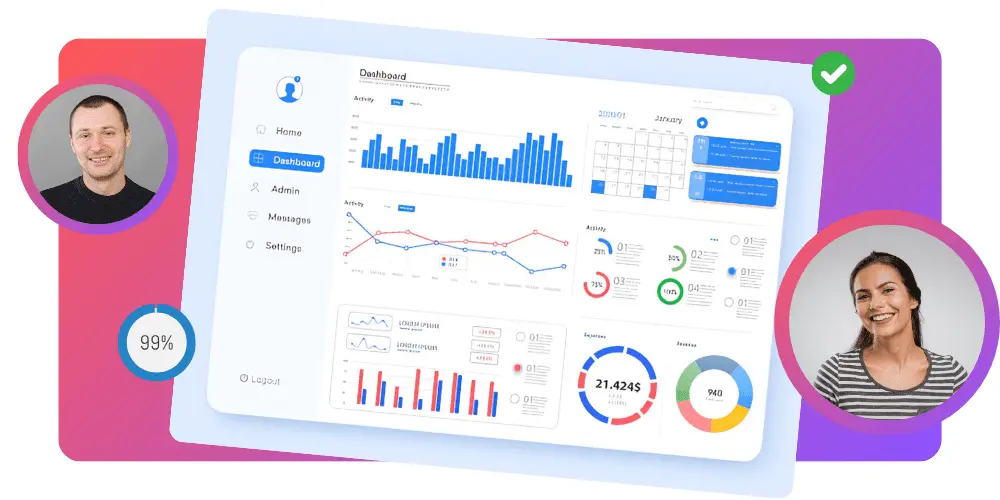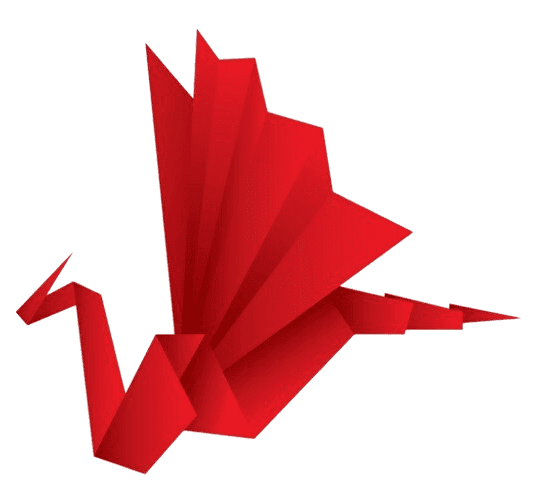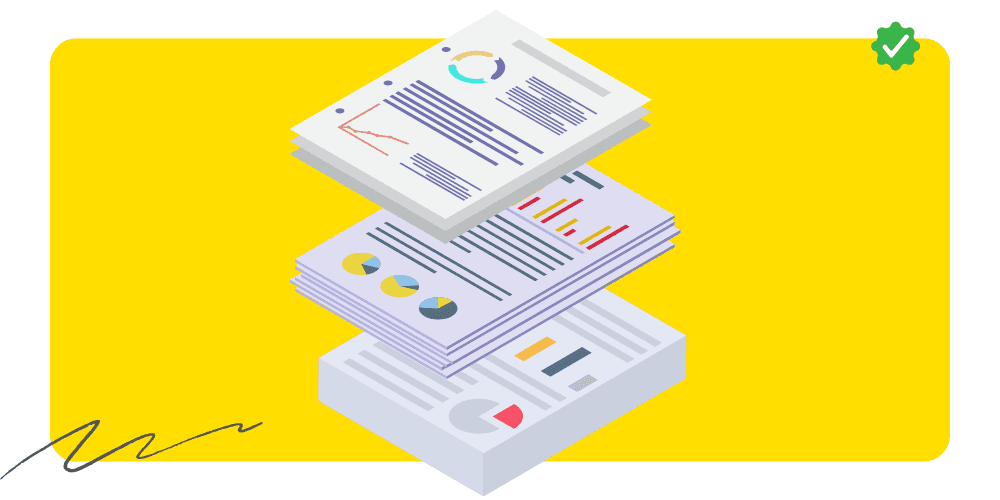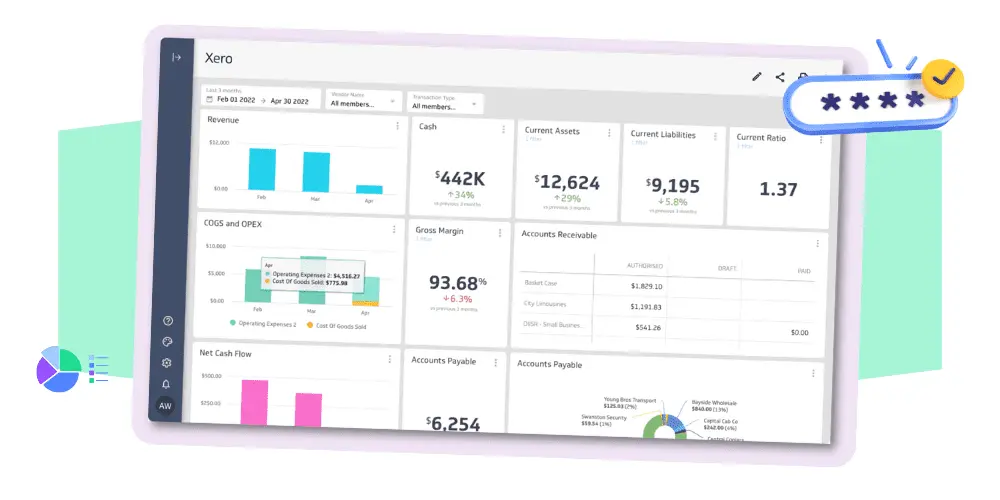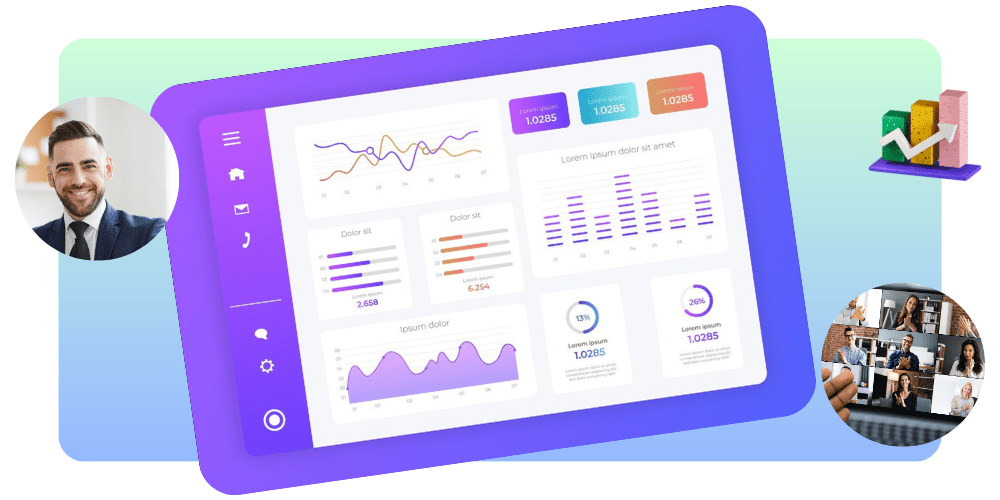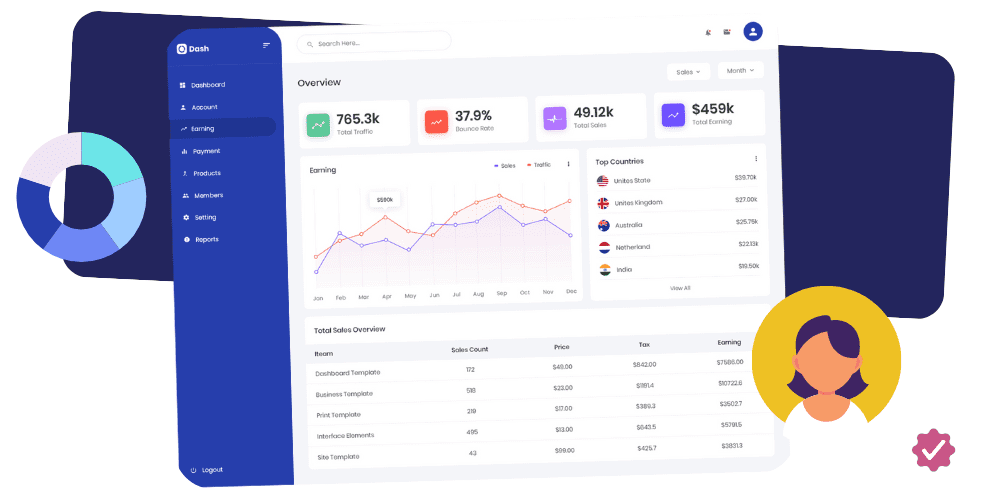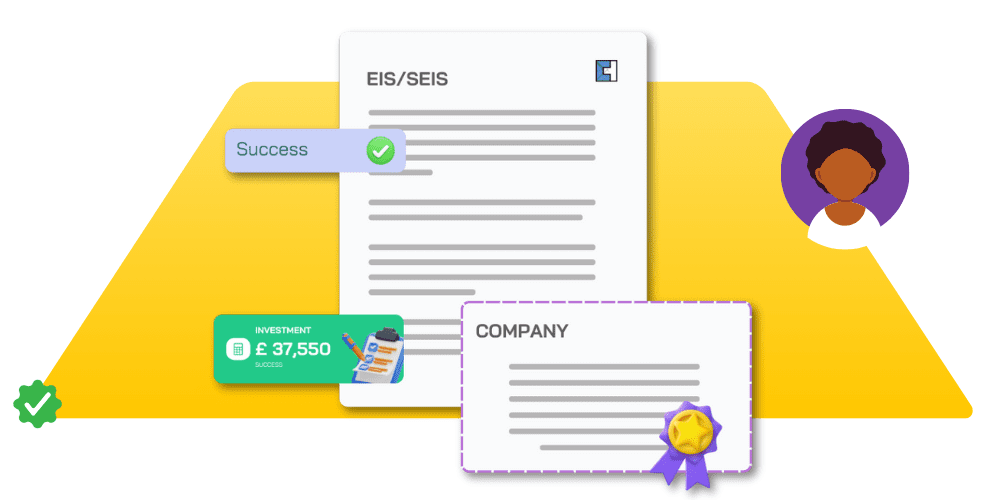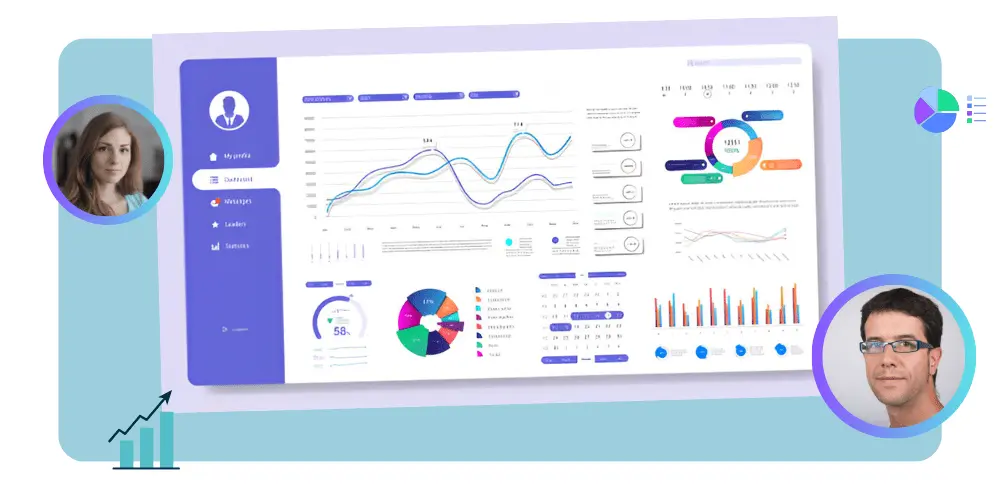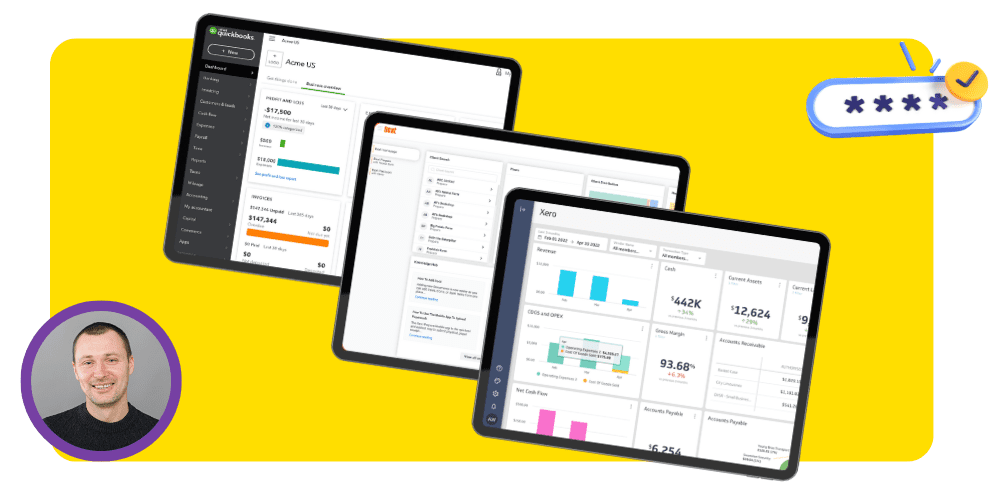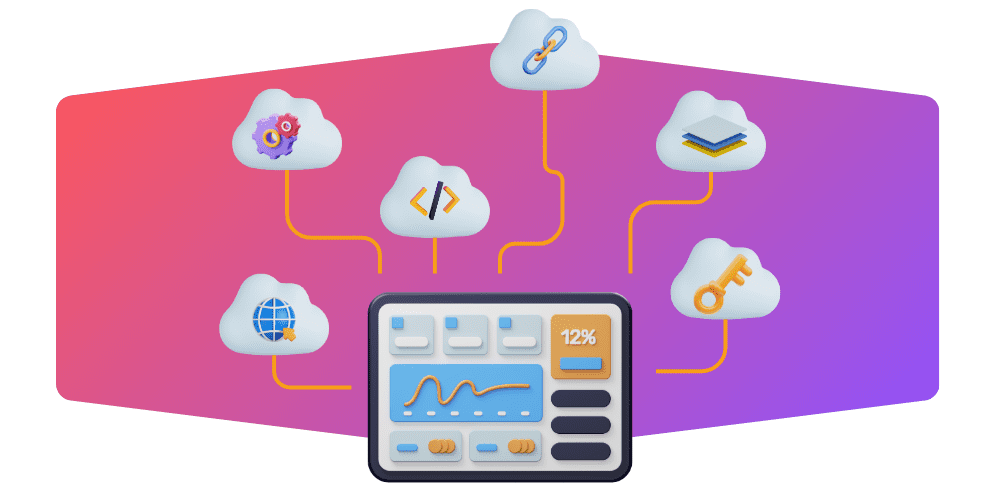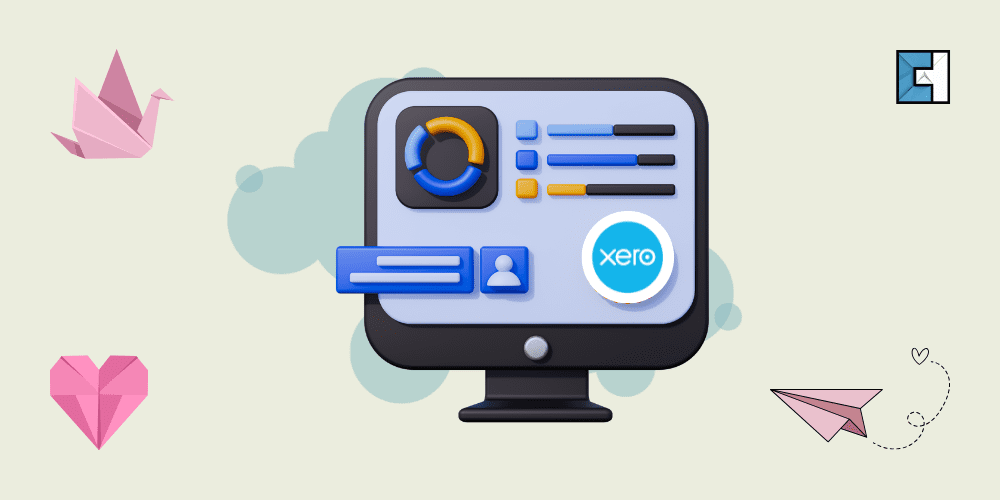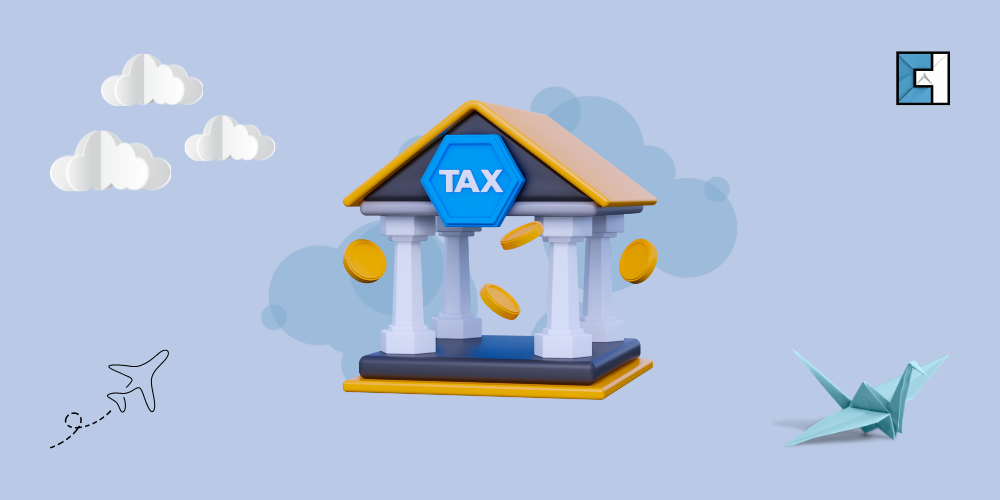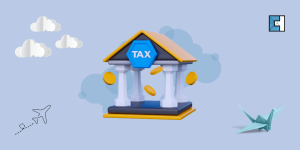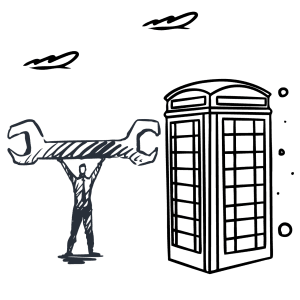Before diving into debtors and creditors, it’s important to understand the broader context in which these terms operate—financial statements. These documents are fundamental to any business’s financial health and transparency, serving as essential tools for management, investors, and other stakeholders.
Financial statements consist of key reports such as the balance sheet, statement of financial position, and income statement. Each of these provides a unique perspective on a company’s financial status:
- The balance sheet (or statement of financial position) gives a detailed view of a company’s assets, liabilities, and equity at a specific point in time. This is where debtors (under current assets) and creditors (under current liabilities) are prominently reflected.
- The income statement tracks a company’s financial performance over a period, detailing revenues, expenses, and profits or losses. While debtors contribute to revenue through sales on credit, creditors impact the expense side as they represent amounts owed for goods and services received.
Understanding these financial reports is crucial for effectively managing debtors and creditors. They provide the necessary insights into a company’s financial operations, allowing for better decision-making and strategic planning.
In the following sections, we will delve deeper into how debtors and creditors are represented within these financial statements and the implications they have on a company’s financial health. For insights on optimising your financial planning strategy, check out our guide on polishing your financial planning strategy to achieve future business needs.
Balance Sheet Overview
Also known as a statement of financial position, a balance sheet provides a snapshot of a company’s assets, liabilities, and equity at a specific time. Debtors appear under current assets, while creditors are listed under current liabilities.
Check out our complete guide for a deeper look into balance sheets, including examples, balance spreadsheets, and more.
Read our complete guide on balance sheets for an in-depth understanding.
Financial reports, including detailed financial statements, provide insight into a company’s financial status. Examples of financial statements and reports offer a view of how debtors and creditors affect financial health. Regularly reviewing financial information helps businesses manage their accounts receivable and payable more effectively.
Debtors, or accounts receivable, are entities that owe money to your business. You may often come across terms like trade receivables and account receivables. To understand if they are the same, see our detailed explanation of are trade receivables the same as account receivables.
Creditors and Debtors
Creditors and Debtors might seem like simple terms, but the practicalities of applying the two terms can be confusing, and this is mostly the case if you’re a business owner. So, it’s important to understand the difference between the two terms: debtors and creditors.
We have explained the definition of debtors and creditors on balance sheet in the simplest possible way, covering the contextual aspects of businesses. Your business can be working with an accountant in London, China, or anywhere in the world; debtors and creditors will have the same meaning, and this consistency in accounting makes comparing financial data globally very simple.
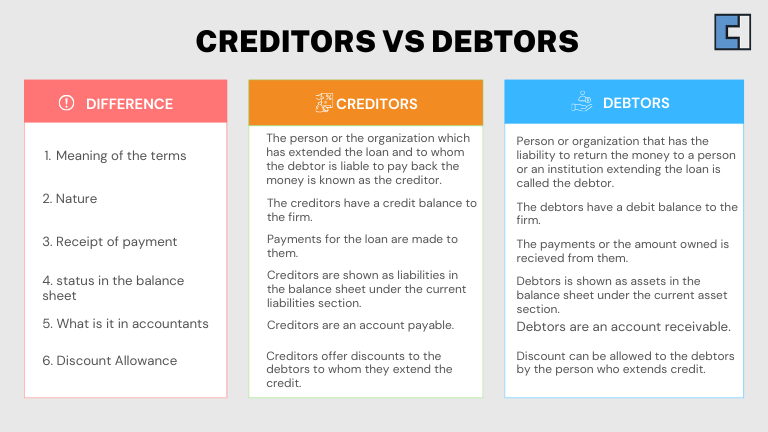
Debtors and Creditors meaning in Balance Sheet
In a balance sheet, “Debtors” and “Creditors” represent different financial relationships in business. Here, we have explained each one in detail:
What is a Debtor? Debtor Meaning
At its most basic, debtors on balance sheet usually owe money to the business on whose balance sheet the debtors are being reflected. The debtor to a business can vary dramatically – It can be a single person, a big or small business, or even a government institution such as HMRC. If money is owed, the party that owes the money is known as the debtor on the balance sheet of the party that is owed the money.
Debtors, often referred to as accounts receivable, are entities that owe money to your business. Managing debtors efficiently is crucial for maintaining healthy cash flow. This involves monitoring accounts receivable, handling bad debt, and understanding the credit and debit meaning in relation to debtors.
The nature of the debtors can be different; they can be trade debtors, someone who has been given a service or product but has not yet paid for it, or they can be sundry debtors, general businesses, or individuals who can owe the business money for various reasons. Repayments are generally made over a predetermined period until the debtors pay off the trade debt or loan. Usually, there will be interest for better business finances in addition to the loan’s value.
A debtor who faces unexpected and unavoidable circumstances might be unable to repay their creditor. In such instances, they can potentially be exempt from liability. Poor management occurs when debtors fail to fulfil their financial obligations due to a lack of knowledge or incompetence. Negligence involves engaging in fraudulent activities to become insolvent, deliberately avoiding debt repayment. Voluntary default is when debtors, despite having adequate resources, choose not to settle their debts.
The incentive comes when the interest can be considered profit on the lent funds. It’s entirely possible to be a debtor and have debtors simultaneously, particularly as a small business.
What is a Creditor? Creditor Meaning
Creditors, or accounts payable, are individuals or institutions to which a business owes money. This could include suppliers or lenders. Creditors are categorised under current liabilities and non-current liabilities on the balance sheet. Understanding the difference between loans payable and other types of payables is essential for effective creditor management.
Creditors on the balance sheet are parties lending money to the debtor. It doesn’t have to be cash: a loan can comprise anything that has perceived or practical value, for example, stocks or equipment. Creditors are of two types – loans and trade creditors and are generally composed of banks, building societies, and other financial institutions. The term “creditor” is not exclusive to any particular field or institution. However, there is a rising trend for alternatives, such as peer-to-peer lending. It’s possible that you, as a small business, might find yourself being the creditor to a debtor.
Managing Debtors and Creditors
Effective management of creditors and debtors is essential for maintaining healthy business operations. Understanding the pros and cons of extending and receiving credit is the first step toward optimising cash flow. Proper debtor management practices, including the use of control accounts, are crucial in ensuring that payments are received on time and that outstanding debts are tracked accurately.
Additionally, efficiently managing trade receivables and clearly distinguishing between debtors and creditors can significantly contribute to the financial stability of a business. By implementing these strategies, businesses can maintain a balanced approach to credit, ensuring smooth and sustainable financial operations.
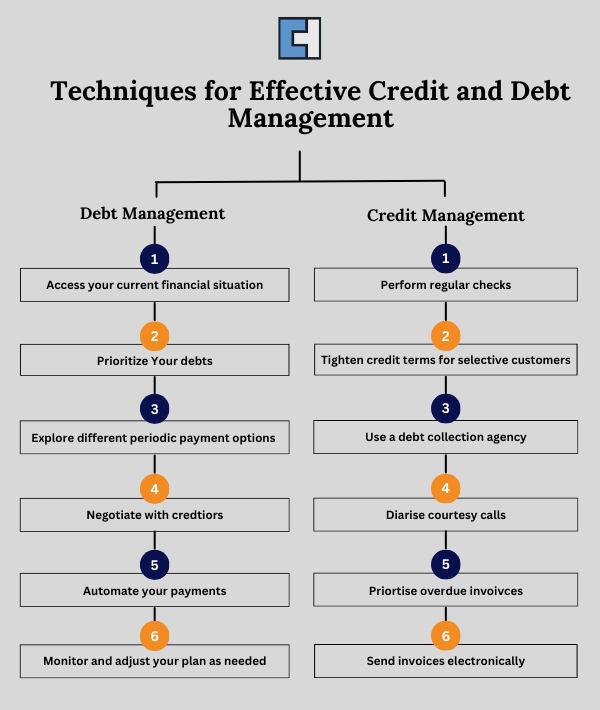
What are Creditors and Debtors Days?
Debtor days and creditor days are critical metrics for managing financial relationships within a business. Debtor days measure how long it takes a company to collect payments from its customers, whereas creditor days reflect the time it takes to pay its suppliers. Understanding and knowing how to calculate debtor days and calculate creditor days is vital for effective cash flow management.
Creditors Days:
The creditor payment period or the creditor days is used to measure a company’s creditworthiness and reputation to a certain degree. Creditor days determine the latitude allowed by its suppliers and creditors. It also reflects the value that both parties put on the business conducted and demonstrates the company’s cash flow and the extent to which it will go to finance its business with its debt.
Monitoring these metrics ensures that a business can maintain a healthy balance between incoming and outgoing funds, helping to identify the liquidity ratio, avoid liquidity issues and optimise financial stability.
Creditor Days Calculation Explained:
The calculation of creditor days involves dividing the trade creditors shown in a company’s accounts by its cost of sales and then multiplying the result by 365. This calculation provides insight into how long, on average, it takes the company to pay its trade creditors.
What are Trade Creditors Days?
Trade creditor days represent the average number of days a company takes to settle its invoices with its suppliers.
How to Calculate Creditor Days?
Dividing the total debt by sales revenue and multiplying the answer by 365 will calculate creditor days. A debt of £800,000 with sales revenue of £9 million will be calculated like this –
(800,000/9,000,000) x 365 = 32.44 creditor days
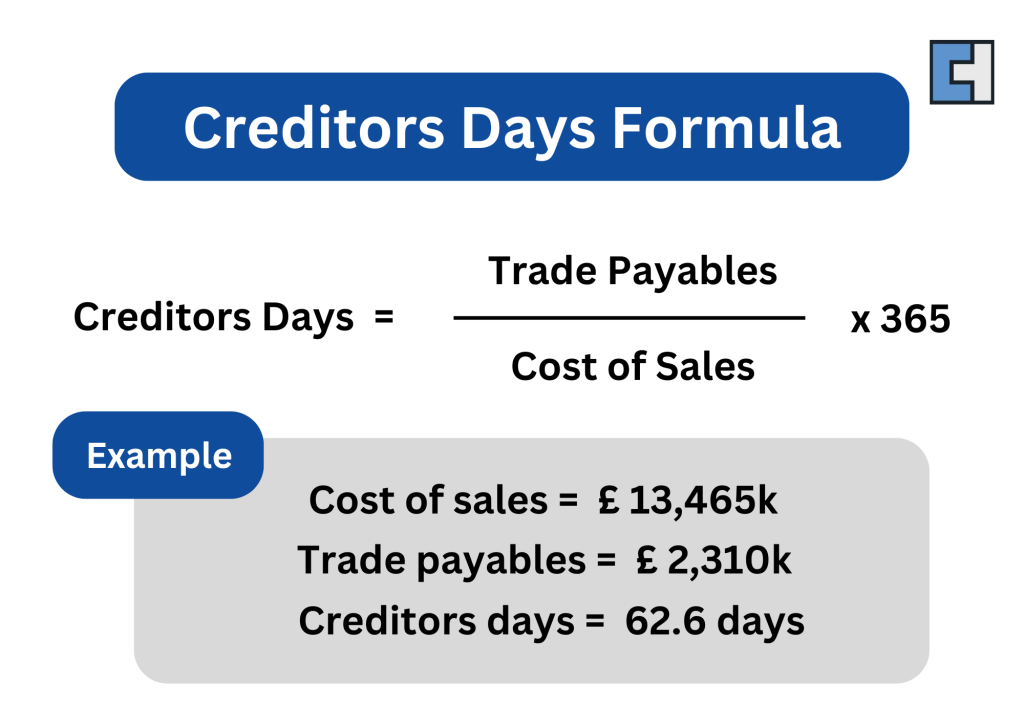
Debtor Days:
Debtor days are used to indicate how efficiently a company invoices goods or services and collects from its customers. Fewer debtor days are better for a company. Payment delays tell a company that their customers have cash flow issues or are facing problems. Due to their size and power, such as big supermarket chains, they might be overstocked or held to ransom by some of their customers. These types of customers usually fall victim to harsh credit terms and lower service levels.
How to Calculate Debtor Days?
For the calculation of debtor days, divide the total outstanding debt by sales revenue and multiply the answer by 365 to calculate debtor days. Outstanding debt of £600,000 with a sales revenue of £9 million will be calculated like this –
(600,000/9,000,000) x 365 = 24.33 debtor days
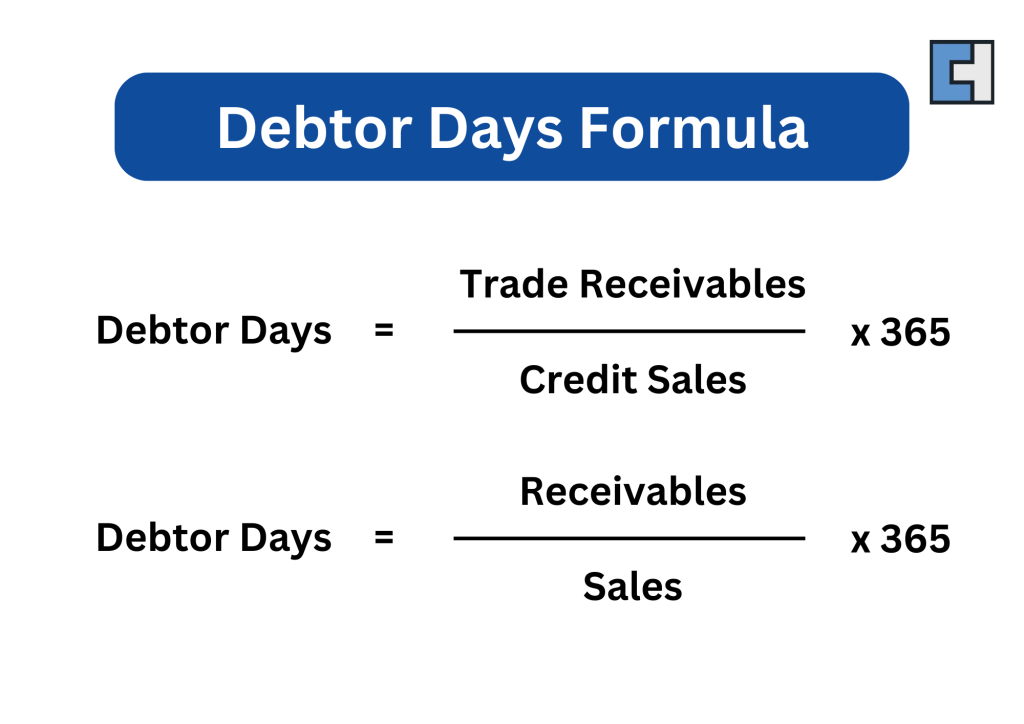
How Creditor Days and Debtor Days Impact Company Accounts
The terms debtor days and creditor days are used to refer to the average number of days that a company lets pass before its debtors pay and the average number of days a company lets give before its creditors are paid, respectively.
Pros and Cons of Debtors & Creditors
Products and services may often be prohibitively expensive to pay for upfront or in one lump sum. Financing allows individuals or small businesses to use the asset while paying for it in more manageable instalments – often weekly, monthly, or sometimes quarterly.
The benefit for the debtor is that they get access to funds or equipment that would otherwise be beyond them. This allows them to continue to build their business, so in some sense, the loan could be considered an investment in a business’s ability to grow.
The drawback is that a debt is considered a business liability, and late payment may result in further penalties and non-payment in potentially even legal action. The benefit for the creditor is that being able to make a loan is a sign of a healthy and thriving business.
There is also profit to be made in the form of interest paid on every loan repayment – so the ultimate amount paid back will be more than. The drawback is the potential for non-payment, forcing the creditor to pursue potentially expensive legal proceedings to get what they’re owed.
Debtors and Creditors for Company Accounting
The nature of business is such that it allows them to buy or sell to each other on agreed payment terms with cash, exchanging hands at later dates; this is called credit.
When a buyer and seller begin selling and purchasing products on credit, their relationship changes into a debtor and creditor relationship.
What is a Debtor in the Company’s Balance Sheet?
Debtors, meaning in terms of business, refers to an entity, company, or a person of a legal nature who owes money to another party. A business or a person with one or more debtors is called a creditor.
In other words, the relationship that a debtor and a creditor share is complementary to the relationship that a customer and supplier share. Anyone to whom you, as a business, have to lend in any way, including unpaid invoices on products or services provided to clients, is considered your trade debtor.
What is a Creditor in the Company’s Balance Sheet?
Creditors, meaning within the business field, refer to anyone from a bank, supplier, or someone who has provided goods, money, or services to a business or person with the expectation of being paid back at a future date.
A secured creditor is a creditor who has a registered lien on some of the business’s or a person’s assets. In contrast, an unsecured creditor is a creditor without a lien on the assets.

Debtors vs Creditors? Difference Between Creditors and Debtors
If you’d like to know a couple of differences between debtors and creditors, have a look at the following points.
- Balance: Debtors have a debit balance, while creditors have a credit balance in the firm’s accounts.
- Payment Dynamics: Payments or owed money are received from debtors, while loans or credit are extended to creditors.
- Balance Sheet Representation: Debtors are shown as assets in the balance sheet under current assets, while creditors are shown as liabilities under current liabilities.
- Accounting Terms: Debtors are accounts receivable, whereas creditors are accounts payable.
- Etymology: The term debtor originates from the Latin word “debere,” meaning “to owe,” while creditor comes from “creditum,” meaning “to loan.”
- Discounts: Creditors may offer discounts to debtors as an incentive for early payment. Debtors are the recipients of these discounts.
- Role and Obligations: Creditors extend loans or credit to a person, organization, or firm. Debtors are the ones who take the loan and are obliged to pay back the amount within a stipulated time, with or without interest.
- Provision for Doubtful Debts: No provision for doubtful debt is created for creditors, whereas such a provision is made for debtors to account for potential non-payment.
What are Sundry Debtors and Creditors?
The terms “Sundry Debtors” and “Sundry Creditors” are essential for understanding financial management because they indicate the amount of money owed by a company and the amount it owes to other companies.
Sundry Debtors are companies or entities that owe money to another business or company for the goods and services acquired on credit, while Sundry Creditors are entities, companies, or businesses that provide goods and services to another company without immediate payment, expecting to be paid later according to agreed-upon terms.
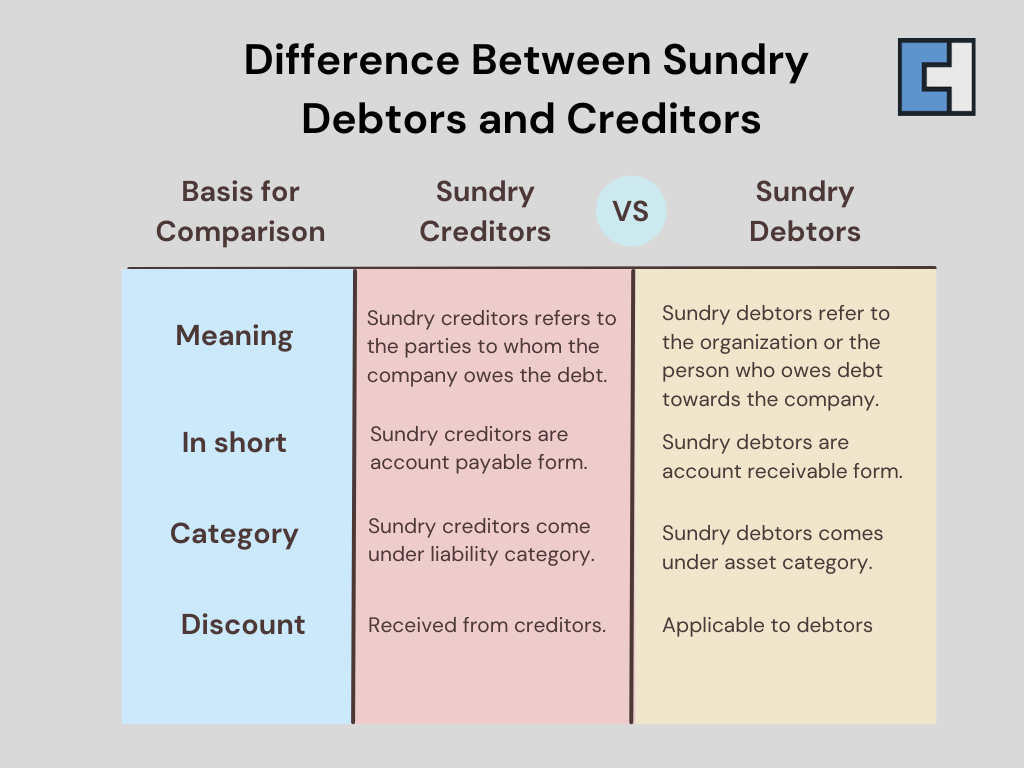
What is the Difference between Suppliers and Creditors?
The key distinction lies in the roles of suppliers and creditors. Suppliers primarily focus on delivering products necessary for a company’s daily operations, enabling it to manufacture and sell goods or provide services. On the other hand, creditors supply various resources, not limited to products. For example, electricity companies offer services rather than physical goods, qualifying them as providers rather than creditors. The concept of credit involves legal obligations and is closely related to accounting terminology.
Conclusion
Business transactions, at their simplest, have two parties involved: the creditor and the debtor. In short, a creditor is someone lending money, while a debtor is someone who owes money to a creditor. Ensuring the smooth flow of working capital is done by a company keeping track of the time lag between the receipt of payment from the debtors and the payment of money to the creditors.
Any business where cash and goods are exchanged simultaneously must make sure that they have a favourable picture of the debtor and creditor days. These days, we can be upset by poorly maintained revolving credit agreements, overly generous credit terms enacted to boost sales, or problems related to the quality of the goods sold.
Any business owner worth their salt will ensure that they hire a team of accountants to avoid confusion concerning their debtors and creditors. Hiring accountants is a great way to ensure that your creditors and debtors are managed properly without devoting extra resources to managing them in the future.
Clear House Accountants are Accountants in London who recognise the hard work involved in understanding the various accounting and business terminologies involved in running a business. We have worked hard to create highly effective and concise guides and systems that will make this process easy for you, thereby helping you to understand complicated processes faster and enabling you to run and grow your business effectively. If you are looking for any advice or are stuck at some point in your business, please do not hesitate to contact us.
Frequently Asked Questions:
What is the creditors’ meaning in accounting?
Creditors meaning in accounting’ refers to accounts payable, which are amounts a business owes to suppliers or lenders.
What is the debtors’ meaning in accounting?
‘Debtors meaning in accounting’ refers to accounts receivable, which are amounts owed to a business by its customers.
What is ‘debtors in accounting’?
‘Debtors in accounting’ are individuals or entities that owe money to the business.
Who is a debtor?
Debtors can be customers, other businesses, or even government entities that owe money to a company.
Who is a creditor?
Creditors can be suppliers, banks, or other financial institutions that provide loans or extend credit to a business.
What is Debtors in Accounting?
Businesses keep an eye on their debtors because managing their debtors in the right way ensures that they get paid faster, resulting in far fewer bad debts. In addition to this, collecting debtors’ accounts promptly ensure a healthy cash flow. Managing debtors is usually referred to as credit management and includes the following –
Timely debt collection
Setting up credit limits as well as payment terms, a good accounting firm should be able to help if you are uncertain about how to do this.
Making credit checks as well as credit applications
Enforcing a clear credit policy
Considering debtor finance.
Read our invoicing process overview article to learn more about how to send correct invoices to avoid bad debt.
What is a Creditor in Accounting?
Good Accounting services always have built-in controls and measures to make sure that the leverage a business has is under control, which is impacted the most by the liabilities a business has on its balance sheet. Creditors make up the largest part of the liabilities on its balance sheet. Businesses keep an eye on their creditors for this and many other reasons. Knowing how much a company owes, how much is owed to the company, and when payments must be made or received helps businesses understand their cash flow.
Cash flow is very important for the growth of a business. It ensures that companies have enough money in the bank for business payments, such as salaries, rent, and other overhead expenses. A 2016 report by the World Bank and IMF, shared by many London accountants with their clients, further reaffirms the importance of debtors and creditors and their correct management.
As you can see, businesses need to keep an eye on their creditors, mainly if their companies are seasonal, which means that they might need to pay suppliers several months before their customers pay them.




